SummaryAirport Rating **** Reception of locals **** Cost: ££
My visit to Singapore gave me the opportunity to take a side trip to nearby Kuala Lumpur, giving me my first taste of Malaysia. The city is relatively new, established in its modern form some 30 years after Singapore, yet somehow it feels comparatively ancient. I managed to spend 4 days in the city, and although I'll write a separate article on the Batu Caves, this post covers my thoughts and observations on an often overlooked city. Singapore to Kuala LumpurBeing so close to Singapore, it was an absolute no brainer for me to extend my trip and spend a few days in Kuala Lumpur. The flight from Changi to KL takes less than an hour and cost me roughly £40, even though I was booking only a couple of weeks in advance. I flew with Scoot, a local low cost carrier and the experience was considerably better than flying with the likes of Easyjet, and especially RyanAir. The airport itself is a little grim. I didn't experience issues with airport security on entering or leaving, but they take their drug smuggling issues seriously. In other airports, customs checks are random, here everyone gets checked and that meant a 20 minute line to get out of the airport. There is a direct train from the airport to the city centre that gets you there very quickly and at the equivalent of about £6 presents very good value for money. While waiting for a train I met a Singh who was just finishing off his Rehraas Sahib prayer. After finishing, we spoke to each other. An investment professional based in Kuala Lumpur, he was arriving home after a short business trip. The Singh was incredibly friendly and we discussed issues from Gurdwara politics, to meditation and the treatment of Sikhs in Malaysia. I was very happy to hear that Sikhs are largely left to practice their belief system freely, and the city also holds Nagar Keertans. His family had lived in the country for a number of generations, and he had a deep Malaysian accent that reminded me of a Giani back in the UK that used to teach me Sikhi when I was younger. From the train station it was a short taxi ride to my hotel. The Singh taught me how to use local cash machines and the amount of money I would need, offering his own cash for my taxi ride if I needed it. I was incredibly grateful bumping into him, and he made my transition into the city from Singapore much easier. KLCC Park and the Petronas Twin TowersThe Kuala Lumpur skyline is amongst the more distinctive skylines in the world, with a number of uniquely designed buildings, mixed with more traditional styles. Perhaps the most famous of the skyscrapers in KL are the Petronas Twin Towers. I was still in primary school when the structures were completed, and I remember the news stories quite well. This was the beginning of the shift to the east, as for the first time since the dawn of the skyscraper, the tallest building in the world was now in Asia. In fact at 1,483 ft tall, the Petronas Twin Towers kept the record for six years before being overtaken by Taipei 101. The Twin Towers also kicked off my love affair with the skyscraper. The unique, futuristic style coupled with the sheer scale of the structures, had a young me completely captivated. In fact, when I finally began to earn money and was able to travel, I was waiting for the right moment to finally make a childhood dream come true. And the worth was wait every second. Sometimes you see things you see in real life, and they don't look as impressive as they do on TV or in photos. This not only looked looked as good, it exceeded my expectations. The towers are huge, the footprint is large, and they really look unlike any other skyscrapers I have ever seen before. If skyscrapers had charisma, these towers would have it in bucketloads. I spent a fair bit of time walking around the pathway directly below the Twin Towers, with a large group of people looking to get the perfect selfie, and locals selling overpriced selfie sticks. It was quite emotional as I thought back to the council house where I lived dreaming of one day visiting Malaysia and seeing these in person. I called my mom as soon as I got back to the hotel to thank her for all she did for me. A good place to view the towers is from the 17 acre KLCC Park directly behind the towers. It's a quiet piece of greenery in an otherwise loud, built up city. The park isn't particularly large, especially if you compare it to Hyde Park, London or Central Park in New York, but it's just about big enough to take you away from the hustle and bustle of the city. Inside, runners jog around the perimeter, while families picnic on the grass. There's a lake, a Mosque, and quite weirdly, a children's playground. The park has a small bridge looking directly toward the towers, and the view is magnificent. In the evening, there is a fountain light show directly in front of the Petronas Twin Towers. The show, set to music, is similar to the light show at the Marina in Singapore, or the Burj Khalifa in Dubai. Although it's smaller in scale to both of those, it's nonetheless impressive and well worth a visit. The KL TowerAnother famous landmark of the city is the KL Tower, opened only a handful of years before the Petronas Twin Towers. The KL Tower is similar to the CN Tower in Toronto and the Seattle Space Needle in its appearance, and it includes a revolving restaurant near the summit, a shopping centre near the base and a couple of observation decks. I decided to pay 105 RM (roughly £20) to visit the sky deck, the uppermost observation deck and the only deck that is outdoors. The price is within the ballpark of most major observation points in cities around the world, slightly cheaper than London and New York, and slightly more expensive than Santiago. It's well worth paying the extra little bit for the sky deck, because the indoor observation deck is awful - especially at night. Poorly cleaned windows, and oddly placed indoor lighting meant that after nightfall all you could really see was the reflection of the lightbulbs. I visited during sunset so I got both a day time and night time view. The view from the sky deck is incredible, although the best views are on one side of the building. You can see the skyscrapers of the business district, including the Petronas Towers. They look like jewels, especially when lit up after sunset. Two glass boxes overhang the side of the building and are a nice touch. There were queues on both glass boxes, so I waited about 15 minutes for my time. A photographer takes photos you can buy, I handed my phone, told him I wasn't going to buy anything so just take some photos on my mobile, which he did after some persuasion. The glass floor looking down is a nice little addition and worth queuing up the short amount of time it takes. Lost in KLOne thing I really love about KL is the prices, especially after Singapore. I was surprised to find 4 and 5 star hotels for about £30-£50 a night. I decided to book a relatively new hotel, the Sirocco Red, a 4 star hotel not far from the Petronas Towers. I'm not sure what to make of it, and on reflection I would give it an ever so slight thumbs up, but with major caveats. Firstly, the good stuff. Rooms are very, very large and very modern. In fact, the design of my hotel room was very bold, it's definitely different. I liked it, but I can see it being a very divisive design. Secondly, staff were very helpful and at times went out of their way to show me things. Thirdly, there is a rooftop infinity pool with a very nice view over the city (see title image). And finally, at £30 a night, it's ridiculously good value. Now, the not so good stuff. It doesn't look like a 4 star hotel, especially the lobby/reception and most of the communal areas. In fact, it looks decidedly cheap, and I guess it is. But much worse than that, as it's a new hotel, almost nobody in the city has heard of it. Taxi drivers were confused, and worse still, so was my maps app. I very rarely use my phone when I'm abroad. It's expensive but more than that, going away is a good opportunity to switch off a little bit, and get away from phones, the internet, WhatsApp and social media. It's why I get lost at least once in almost every city that I visit. Sometimes I find my way quite quickly, but other times, I find myself walking in circles for hours. Chicago is a good example, but it's happened in Asia, South American and Europe too. Sometimes it's fun as I stumble into new things by accident, other times it can be frustrating, especially if I'm tired or I need to get somewhere. In KL, getting lost was genuinely scary. After visiting KLCC Park one evening, I decided to get a taxi back to my hotel. The taxi to the park had cost the equivalent of £2, but for the taxi back I was being charged £6. Now, that's not a lot, but for me it was the principle. I decided to walk about the roughly 2 mile journey back. It's a walk that should have taken 30-40 minutes. It ended up taking 4 hours! I later found out I took a wrong turn about three quarters of the way back, and I began heading in a completely wrong direction. After about an hour and a half of walking, I realised I was lost. Desperately looking for any recognisable landmark, and after asking people on the street, I decided to resort to Google Maps. I switched my 'Airplane' mode off for the first time in a week and typed the address to my hotel and followed the signs. Little did I know, the pin on Google Maps is in completely the wrong place. The pin took me a further 40 minutes away. It was now 1:30 at night, and I'd been walking for over 2 hours. The pin took me down a very dark residential alleyway and into an estate. As I walked, a fairly large dog stood in the middle of the road. I decided to walk right past it. As soon as I walked past it started approaching me, and unlike friendly dogs in England, this one looked like it had bad intentions. I'm good with dogs, but not in the middle of the night in a sketchy part of town. Eventually I shoo'd it away but found myself in a very run down area, with slum housing. The locals were all seated around an outdoor restaurant and they did not look friendly. I saw one guy call another and nod in my direction, the other guy started watching me. I got my keys in my hand. I figured, if it's one or two, I fight, anymore and I run. Perhaps the eye contact helped, I was left alone but now I was worried. I continued deeper into the slum housing project and realised my pin was on a large rubbish tip. Just then another dog appeared and this one didn't mess around. Running toward me barking loudly. I decided to walk away but on seeing the dog growling, I won't lie, I took a swing of my boot. I missed completely, but the dog eventually left. Finally I came to an opening, no buildings, and just then, a flash of lightening, I was caught in a thunderstorm. It was almost 2am and now I was genuinely frightened. There was no where to go for cover and I stopped and thought "what the hell am I doing". I decided to listen for traffic and tried to head to the nearest main road. After another 15 minutes, I found myself on a highway trying to flag down taxis, my principles out the window. However, I quickly found that no one knew where my hotel was - I was lost! It took me 30 minutes to finally get back to some form of busy city life and I stopped at the first hotel. I must have looked a state because the receptionist quickly sat me down and gave me a bottle of water. He asked my hotel name and called a taxi for me, quickly agreeing a somewhat reasonable price with the taxi driver. I've never been so glad to have gone back to my hotel room as I was that day, feet sore, body dehydrated, mind on edge, and pride a little bruised. The taxi driver asked where I had got to, and when I gave him some street names, he told me I was very, very lucky to have come out unhurt. I've always said, I'm not a small guy and I try to carry myself well, but even I knew I had a lucky escape on that night. Food courtsAs with most South East Asian cities, Kuala Lumpur has its fair share of night markets, day markets and food courts. The hawker centres are most prevalent in the ASEAN region, and Kuala Lumpur has some of the best I have visited. The first of these is the Tapak Urban Street Dining, located a short walk from the KLCC Park. It's actually a food truck park, launched by a few Malaysian school friends and brings together cuisine from around the world, although the focus is on South East Asian cuisine. I got there about 10pm and the whole park was busy. Food trucks surround the perimeter, there was a band playing and in the middle was a large seating area. Food was reasonably priced, more expensive than some of traditional local restaurants but cheaper than many other food courts I have visited. In terms of customers, it was almost all locals when I visited. I decided to have some Thai food, and it was pretty much as good as the food I had eaten in the north of the country. It was a nice experience. There were a lot of couples and a lot of young men probably in their early twenties. I received a couple of longer than normal gazes but never felt uncomfortable or unsafe. It's definitely a food court I would recommend. Another food court, that doubles as a night market is Jalan Alor, and wow, it's very difficult to describe in words. It's similar to Bangkok at night, an absolute assault on the senses. Unlike the laid back atmosphere of Tapak Urban Dining filled largely with locals, this was a loud, in your face tourist destination. Jalan Alor is a large street with outdoor restaurants on each side, specialising largely in Thai, Chinese and Malay food, but with other cuisines also represented. The street itself is packed with people, with restaurant owners shoving menus in your face to try and get you to sit in their restaurant. A young guy, no older than 21 shoved a menu in my face, showing me the prices. He then opened the front page and said "look it's halaal" and showed me a page showing all food was halaal. I told him that I'm a Sikh, and as a Sikh, I don't eat halaal. Almost instantaneously he replied, "none of our food is halaal, we have to put that sign up because it's the law". I didn't know whether he was telling the truth or not, but decided not to risk it. The food is incredible, if not somewhat expensive. I enjoyed it just as much as Tapak Urban Dining, but for completely different reasons. This was just a strange place. Singers every few metres, a couple of people were in wheelchairs with large speakers, going in and out of crowds with a microphone signing western songs. I didn't know what to make of the whole thing. Honestly, if you visit KL, you need to experience Jalan Alor. The area just outside is filled with bars, clubs and massage parlours. At £6 for a massage, I decided to do 60 minutes. I only ever get massages when they are cheap so its been a few years. This was not enjoyable. The person doing it was twisting my arms in all sorts of directions. I've had Thai massages, and I felt this is what they were going for, but they just didn't seem qualified. In fact, I ended up with a very sore arm for about a week afterward. MarketsAnother night market is the Kampung Baru night market, run every Saturday night until 1am. It's definitely a quiet market, targeted almost exclusively to locals. It's smaller and focuses on food rather than other things. It's in a quieter neighbourhood and I saw only one European face in the two hours I spent there. It's famous for its Malay cuisine, including the spicy nasi lemak. It was okay, a decent experience but not necessarily a visit that I would recommend, especially if tight for time. There are plenty of day markets too, perhaps the most famous being the Petaling Street Market in Chinatown. Also known as the 'old town', the Petaling Street area is a world away from the KLCC Park and Petronas Towers. The KLCC area could be any western city - you could be in Canary Wharf, or FiDi, or La Defense. But the old town is very much old school. Narrow cracked pavements have streams of dirty water running by them. Every few steps is the smell of open sewage, and naked electricity wires protrude from ceilings. It's amazing! The market itself is okay, nothing special. It's stalls selling a lot of clothes and some restaurants. The restaurants back onto kitchens with blood being washed away fairly regularly. I walked into the kitchen area and saw about 20 chickens locked in a very small cage. I don't like to pass judgement because the treatment of animals isn't much better in the UK. A Singh was standing at a junction in the middle of the market trying to tell fortunes to passersby. This was similar to the group of Singhs I met in Bangkok who were doing the same thing. I'll never knock the hustle. After saying Fateh and asking where I was from, the Singh didn't try too hard to sell to me. He knows it's a scam and I was grateful he didn't try and sell it to me. Just a final word on restaurants in the area. I visited Kedai Kopi Lai Foong, a restaurant opposite the Petaling Street Market. It's very old school and very basic. Plastic white chairs surround dirty tables and cooks make the food in the middle of a restaurant that has more than its fair share of flies. I didn't know what to make of it, but the food is very good and it's incredibly cheap. You can get a full meal for the equivalent of £3-4. if you're in the area, give them a visit. TemplesKL is a more modern city than the likes of Chiang Mai, Bangkok, and Phnom Penh, and with a Muslim majority, there aren't as many of the Buddhist Pagodas that I like visiting. However, a short 20 minute drive to the south of city is the large Thean Hou Temple. The temple is only about 30 years old, and is situated on a hilltop built in a mix of styles borrowing on elements of Buddhism, Confucianism and Taoism. It's one of the larger temples I have visited. Decked in red, the colour of prosperity I arrived to find the main entrance closed. A French couple were in the taxi ahead of me and looked distraught and quickly ran back to their taxi before it left. Mine had already gone and there were no taxis around. I decided to walk around the perimeter, I didn't want to waste a visit. On the side was a small open door and I decided to walk inside and up a few stair cases. I ended up in the main prayer hall - turns out the visitor centre of closed, but the temple was open, I felt bad for the couple who had left. The main altar has sculptures of a number of deities, with a large golden sculpture of Thean Hou in the centre. The open area outside the main prayer room is covered in lantern type decorations. Around the edges of the prayer hall is a garden with a number of sculptures dotted around, the most beautiful being a sculpture of the deity Guan Yin under a canopy of flowers by falling water. Another staircase leads you to the roof of the temple where you can really admire the incredible architecture of the temple. The roof also has views of KL city centre, with all of its skyscrapers. The dichotomy of the quiet green hill and the temple, and the city in the distance makes for a nice visual. It's not surprising that this temple is a haven for marriage registration and photos. Now, the fact that it is on a hill, far from the city presents a number of problems, the biggest of which is a lack of taxis. I borrowed some wifi from a security guard at the entrance, but had to wait almost an hour for my ride to arrive. I would have been better off booking a private car for a couple of hours. Malaysia may be a Muslim majority country, but its population adheres to many different religions. As with Singapore, there is a sizeable south Indian community, and I also visited their most famous temple, the Sri Mahamariamman Temple in the Chinatown district. The temple is older than the Thean Hour temple, and although it was founded in the late 19th century, the new building dates from the 1960s. Built in the same Dravidian style as the temple I visited in Singapore, it has the same large, ornate tower, or Gopuram, depicting different Hindu epics, Gods and Goddesses. If your wondering why there are so many temples named after Mariamman, it's because the deity represents protection for the Tamil community that travels to foreign lands. I was able to freely visit the inside of the prayer hall, which had only a couple of worshippers. The perimeter of the temple is decorated in paintings and frescos. A local worshipper stopped me for a short survey he was doing for a school project on reasons for visiting the temple, which I was happy to oblige. The visit was a positive experience and it's something that I would add to a list of recommendations, especially if you are in the area visiting the Petaling Street Market. Is KL worth visiting?So, is KL worth visiting? Absolutely. It's an incredibly vibrant city with much to offer, from the modern KLCC area, to the Chinatown area absolutely rich in character, Compared with cities like Singapore, it is very good value for money. Taxi rides on average cost me between £1-£2. Food, depending on where you get it from, can fill you up for under £5. In fact, for the four days I was in KL, I spent less than £150. My next article will look at the Batu Caves that I visited north of the city, another part that can easily be included as part of a trip to KL. There is a lot to see and do in the city itself. For me, seeing the Petronas Towers was a personal dream fulfilled and it's something that will stay with me for a long time. Jalan Alor was indescribable, closest probably to the Khao San Road in Bangkok, whilst the views from the KL Tower gave a great perspective of the city. It wasn't all perfect. I've travelled a fair bit, and getting lost in KL was among the scarier situations I have found myself in (and remember, I once got taken to a police station in Peru). Some of the locals such as the Singh I met at the start of my journey and number of others were very friendly, others were out to get your money - I guess that's the same everywhere. Taxi drivers in particular were hit or miss, but almost all want to talk Premier League football. In fact, I enjoyed introducing Aston Villa to all of them. I've mentioned making a list at some point of my favourite 20 or 25 cities, and KL will definitely feature in that list. If you get a chance to visit, or you are in nearby Singapore, it's worth taking the opportunity to see this incredible city. Comments are closed.
|
AuthorBritish Sikh, born in the Midlands, based in London, travelling the world seeing new cultures. Categories
All
|
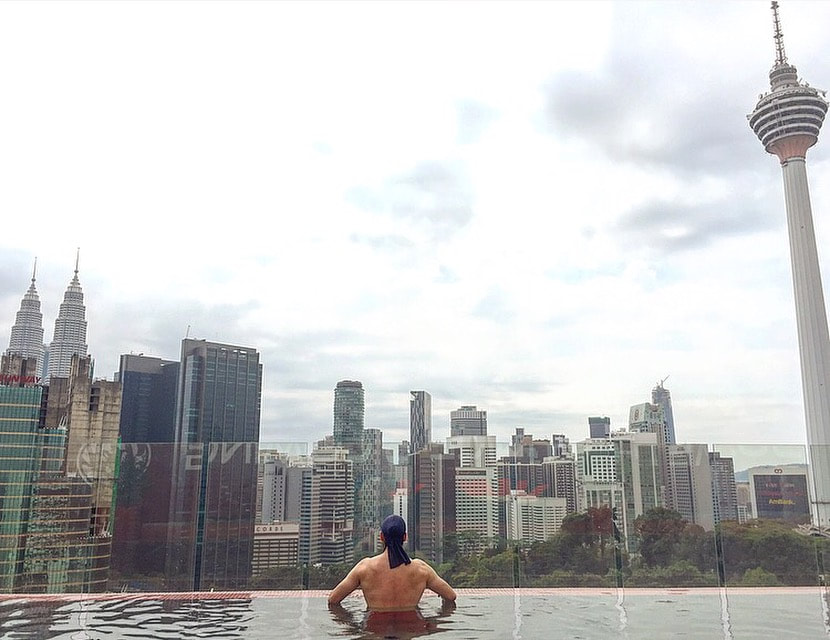
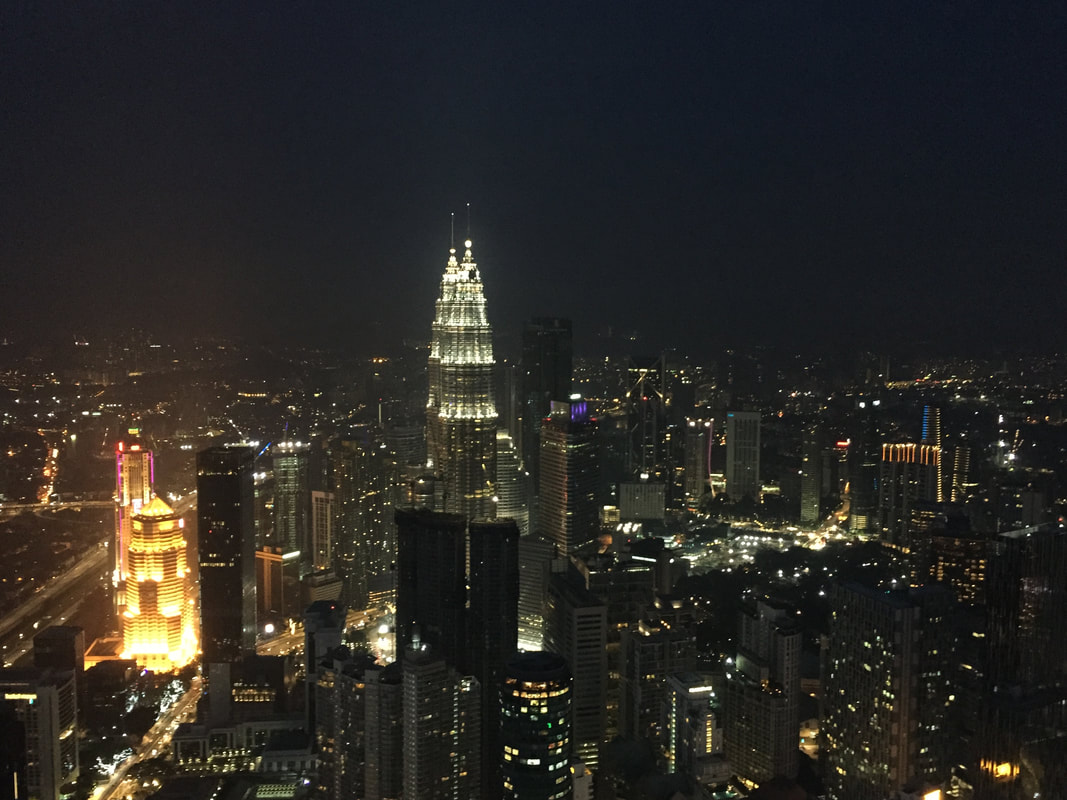
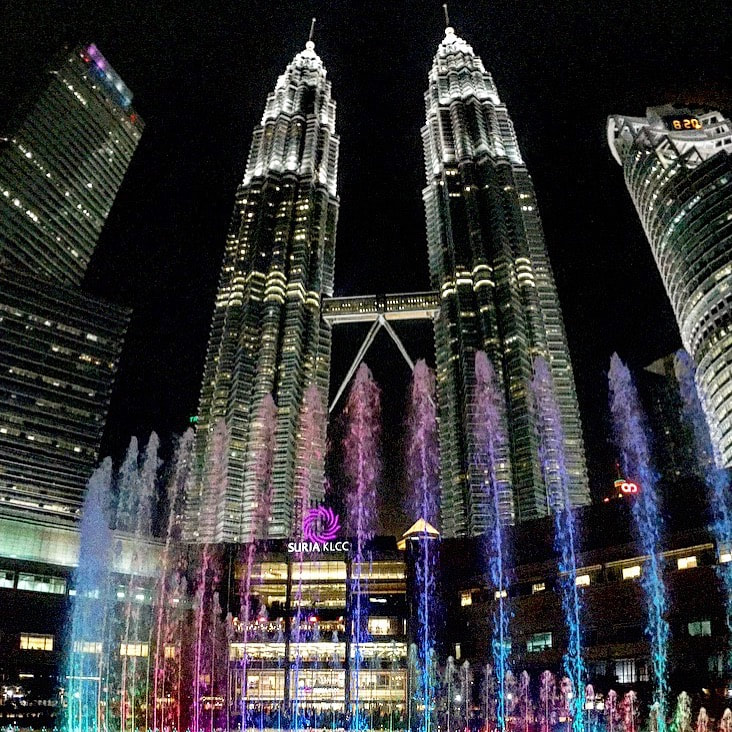
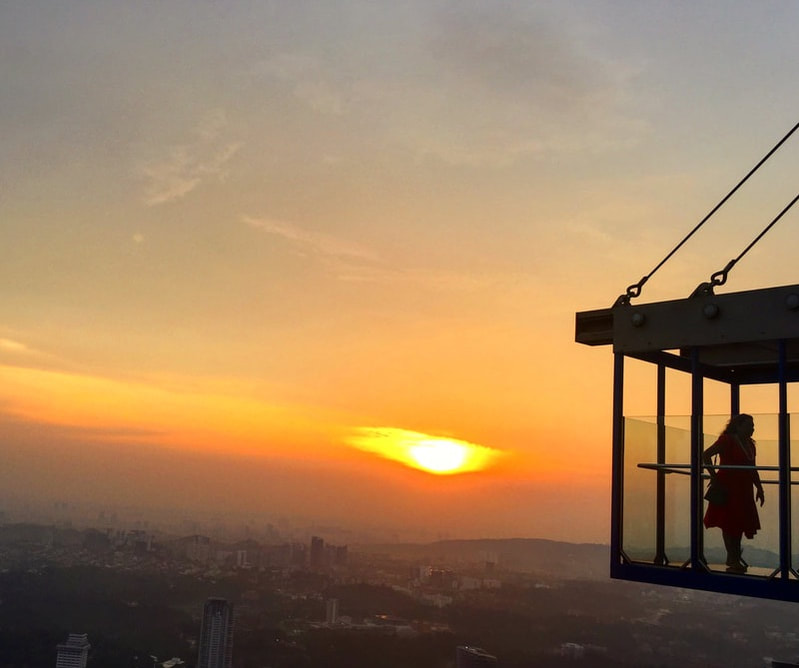
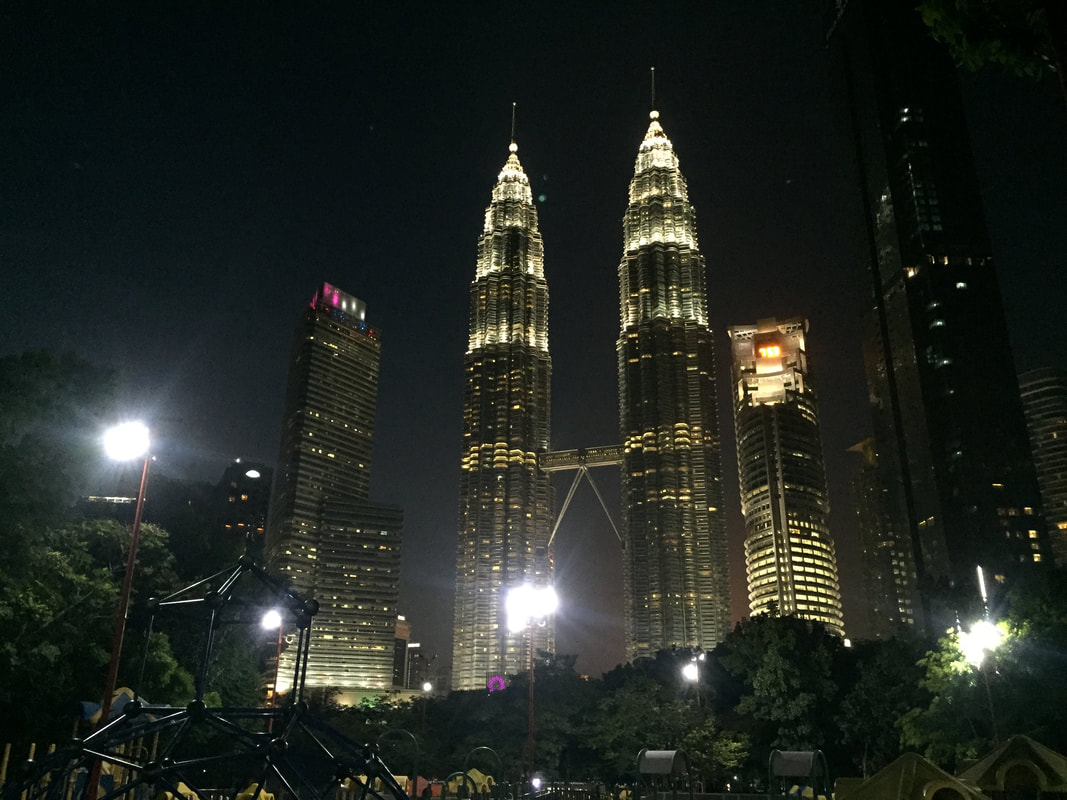

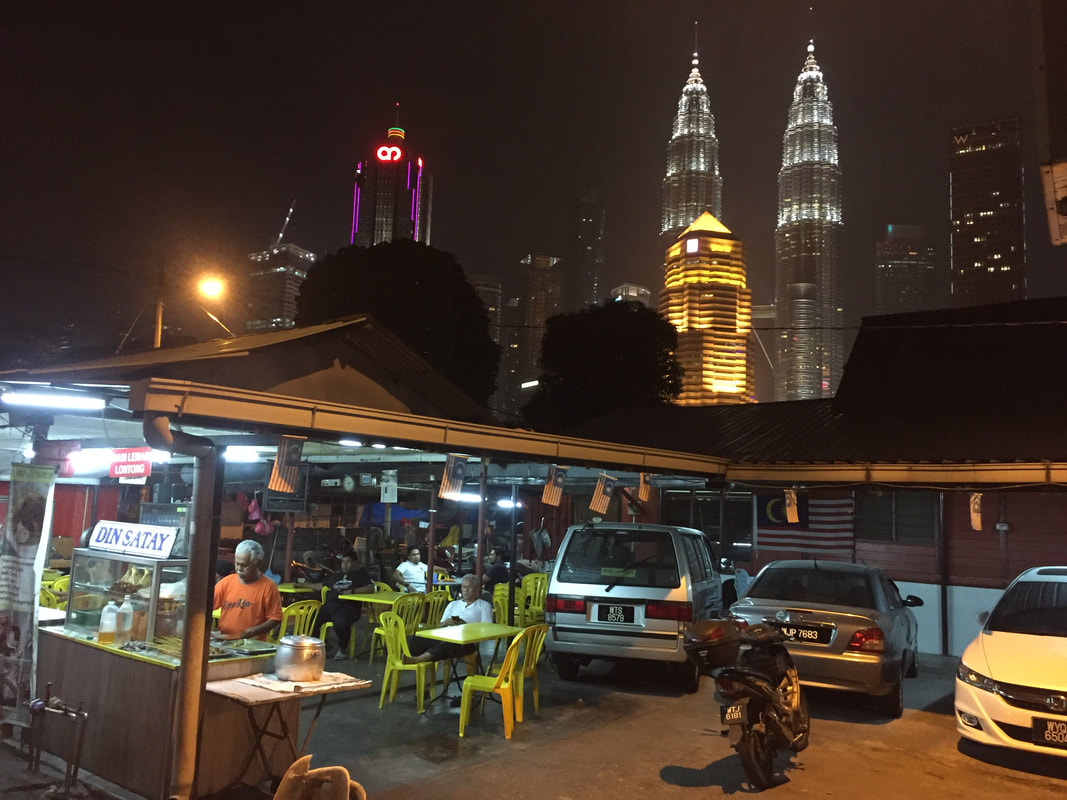
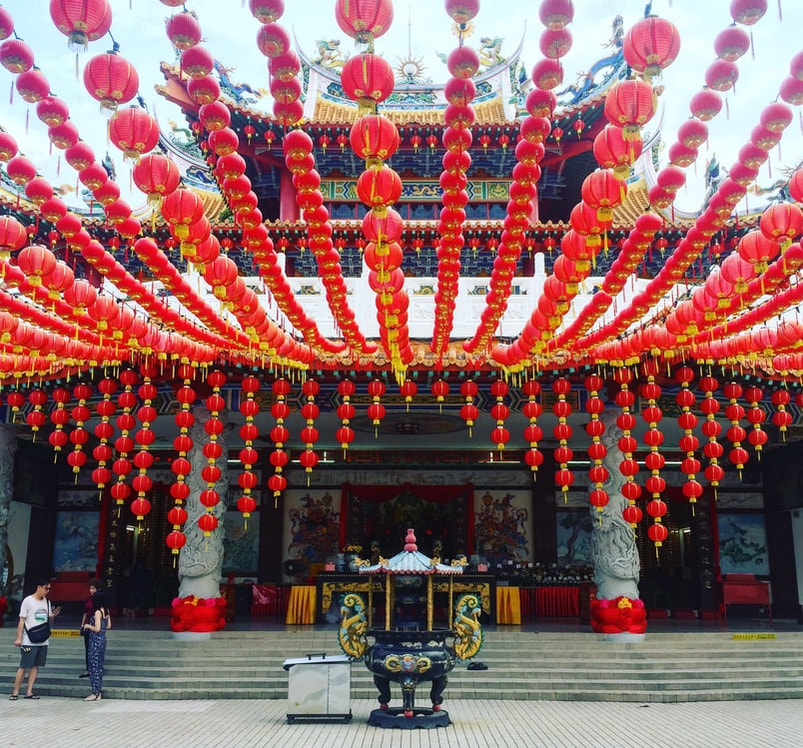
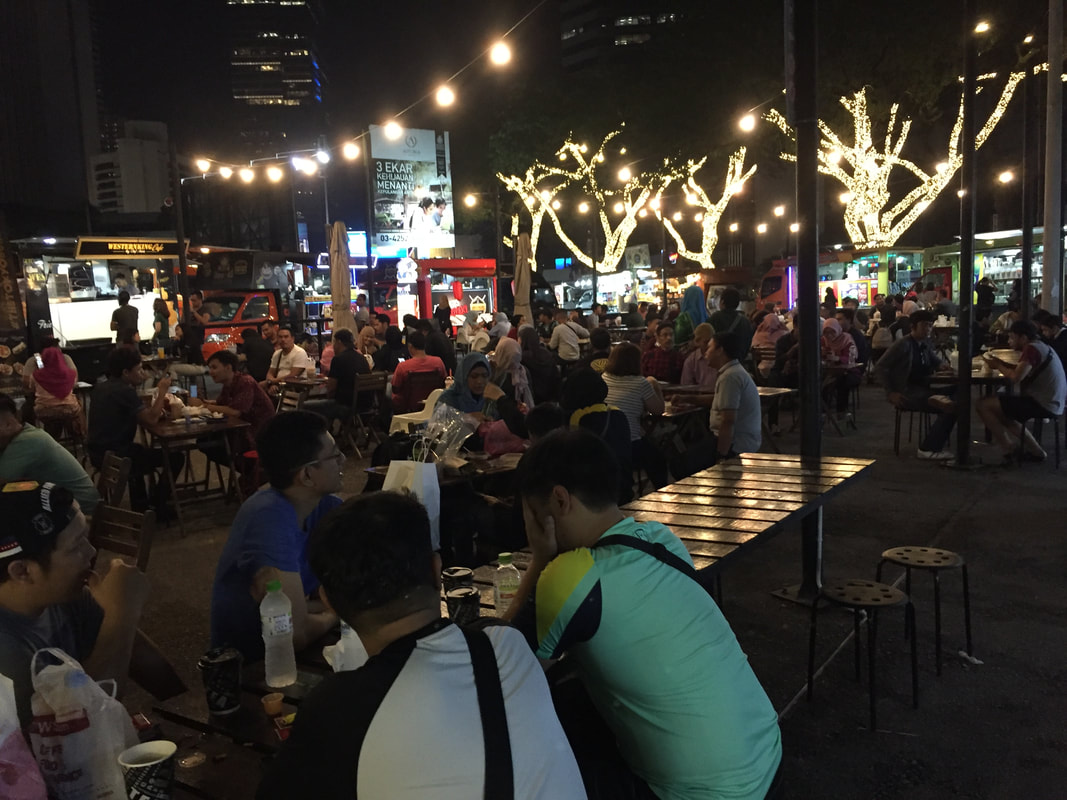
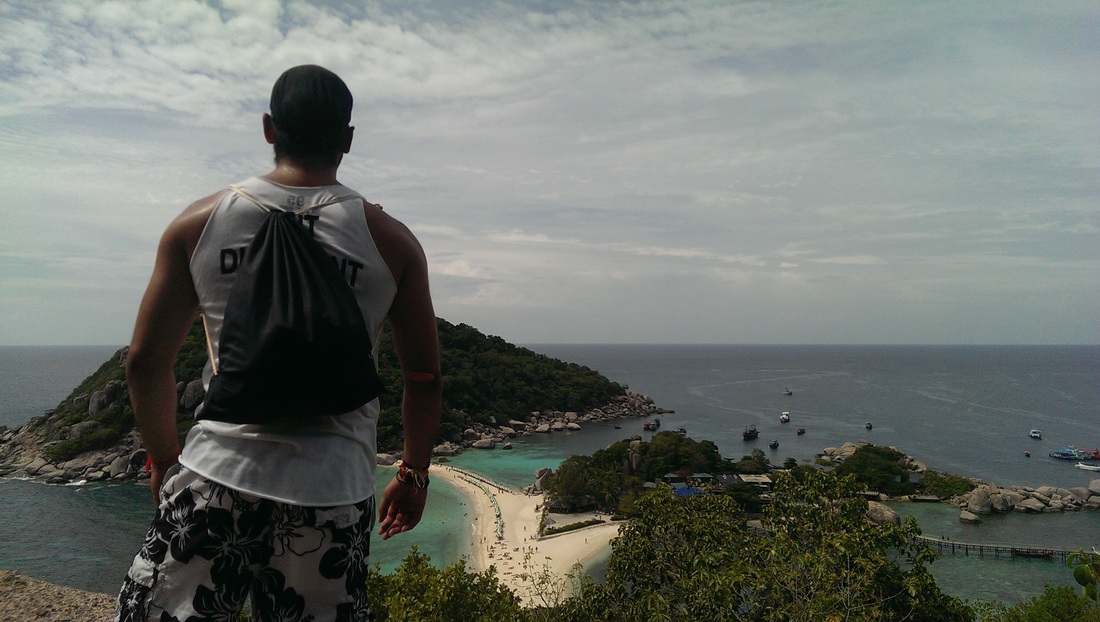
 RSS Feed
RSS Feed